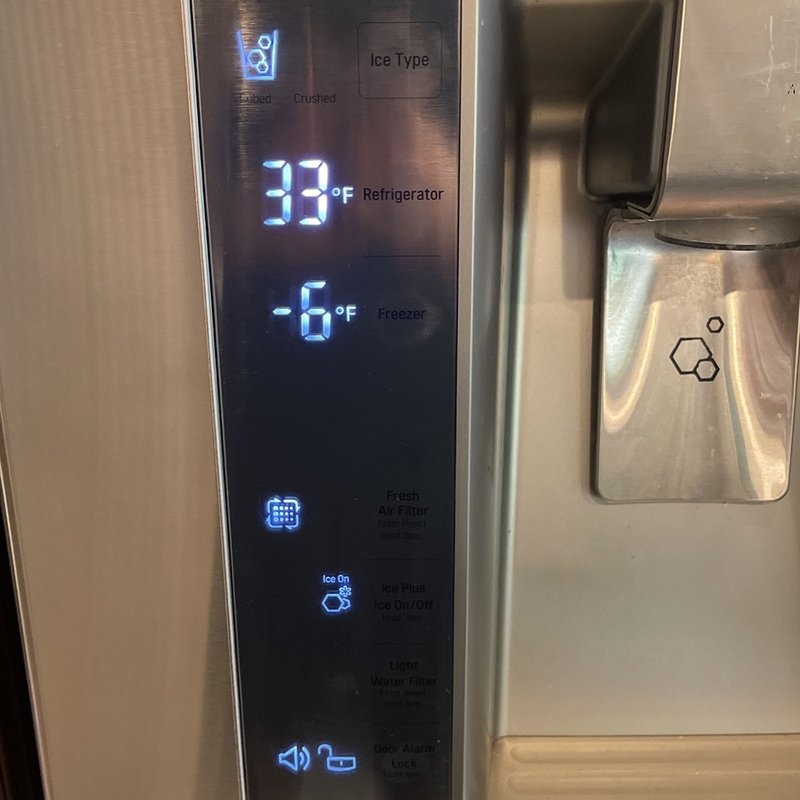
Imagine you’re having a relaxing evening, everything is peaceful, and you decide to run your dishwasher to clear the day’s load. You start the cycle, expecting the familiar hum, but instead, your Whirlpool dishwasher flashes what looks like a cryptic message on its display: F1. This code can be perplexing, especially if you’re not familiar with appliance error codes. But don’t worry, it’s not as scary as it sounds. The F1 error code generally signals an issue with the water heating component or a problem with the thermistor, which is like the thermostat of your dishwasher. Understanding when to address it yourself or when to call in an expert can be the key to resolving it efficiently.
Understanding the F1 Error Code in Whirlpool Dishwashers
First things first, let’s break down what the F1 error code actually means. The F1 code is like a little red flag waving to tell you there’s something amiss with the temperature controls in your dishwasher. Think of it like a car’s check engine light. It’s alerting you to the fact that the machine is having trouble regulating its internal temperature. This could be due to the thermistor, the part responsible for sensing the temperature inside your dishwasher, not working properly.
Imagine if it was a chilly day, and your home’s heater didn’t know how hot or cold it was. Your house would either be freezing or boiling! Similarly, if your dishwasher can’t figure out the right temperature, it can’t do its job effectively. This might lead to dishes not getting cleaned properly because the water isn’t hot enough, or in some cases, the motor overheating if the temperature is too high. It’s crucial to address the problem promptly to avoid further damage.
What usually happens is the dishwasher’s control panel detects a fault in the heating element or the thermistor, and it throws up the F1 error code. Now, you might be tempted to play handyman and fix it yourself. While that’s admirable, sometimes the culprit isn’t obvious. You might fix what you think is the problem, only to find the F1 code blinking again, like a persistent digital mosquito. So, understanding when to call a technician is key.
When to Try Troubleshooting Yourself
Before you decide to dial up an expert, there are a few simple fixes you can attempt to resolve the F1 error code on your own. It’s like when you try to reboot your computer before calling tech support. First, make sure your dishwasher is getting water and that water supply valves are open. A blocked inlet can sometimes trigger the F1 error code. Check if there’s enough water pressure, as low pressure can cause heating issues because the water doesn’t reach the proper level for the heating element to work correctly.
Give a quick look to the dishwasher’s filter and water inlet. If these are clogged, water won’t flow freely, which could trigger a temperature-related error. Picture it like a river blocked by debris, preventing the water from reaching its destination. Clean these parts thoroughly, and you may solve the problem.
Another thing to try is resetting the dishwasher. Unplug it for about five minutes and then plug it back in. It’s like giving your dishwasher a quick nap to refresh its system. If the error code persists after you’ve checked the basics, it might be time to call in the cavalry.
Knowing When to Call a Technician
Here’s the deal: if a simple reset or filter clean doesn’t do the trick, you’re likely looking at a problem that needs a professional touch. The F1 error code might indicate a faulty thermistor or a problem with the control board, both of which require specialized knowledge to fix. Attempting to replace these parts yourself can be tricky and might worsen the problem.
Think of technicians as the sheriffs in the Wild West of dishwashers. They’re trained to tackle the wild problems ordinary folks might find daunting. If you’ve tried the simple fixes and the F1 code keeps reappearing, it’s like your dishwasher is crying out for an expert. A skilled technician can diagnose the issue accurately and replace any faulty components, ensuring your appliance runs smoothly and efficiently once again.
Moreover, your Whirlpool dishwasher likely comes with a warranty, especially if it’s relatively new. Tinkering with it yourself might void this warranty. So, it’s wise to consult with a professional before diving into complex repairs. It could save you a lot of time and money in the long run.
Preventative Measures and Final Thoughts
Preventing error codes like F1 in the future is all about regular maintenance and being observant with your appliance. Imagine it as following a healthy routine to keep yourself in prime condition. Regularly cleaning the filters, ensuring the water inlet is free from blockages, and keeping an eye on water pressure can all help prevent potential issues.
Consider running a cleaning cycle with a dishwasher cleaner every few months. This helps to remove any limescale or detergent build-up that can interfere with the appliance’s efficiency. Keeping your dishwasher in tip-top shape is a bit like changing your car’s oil — it’s a little effort that pays off in longevity and performance.
So, the next time your Whirlpool dishwasher throws up that pesky F1 error code, you’ll know exactly what steps to take. Try your hand at some basic troubleshooting; if the code remains, calling a professional is your best bet. Remember, the goal is to get your dishwasher back on track so it can continue to do its job — turning your pile of dirty dishes into a sparkling clean set, ready for the next meal!